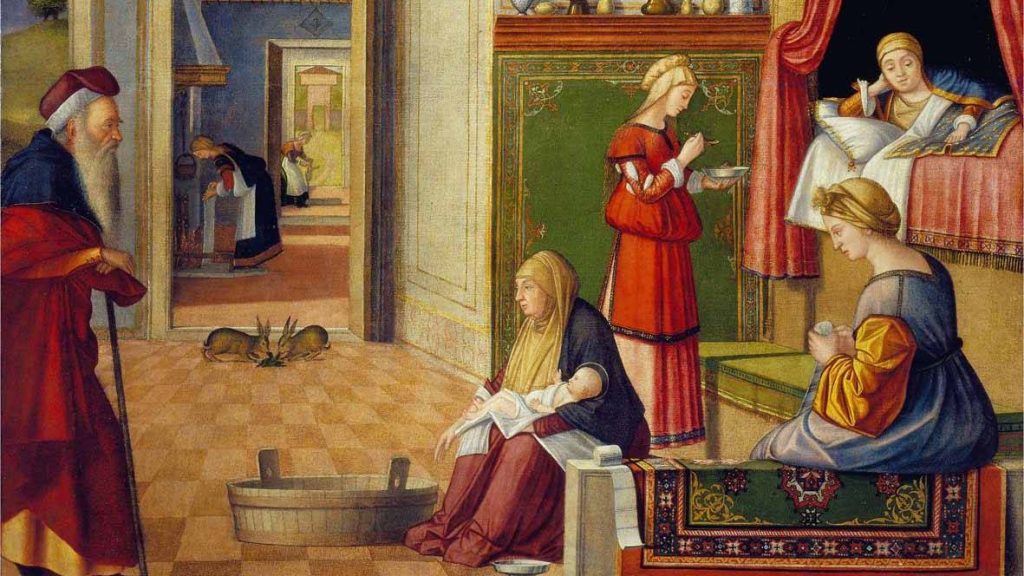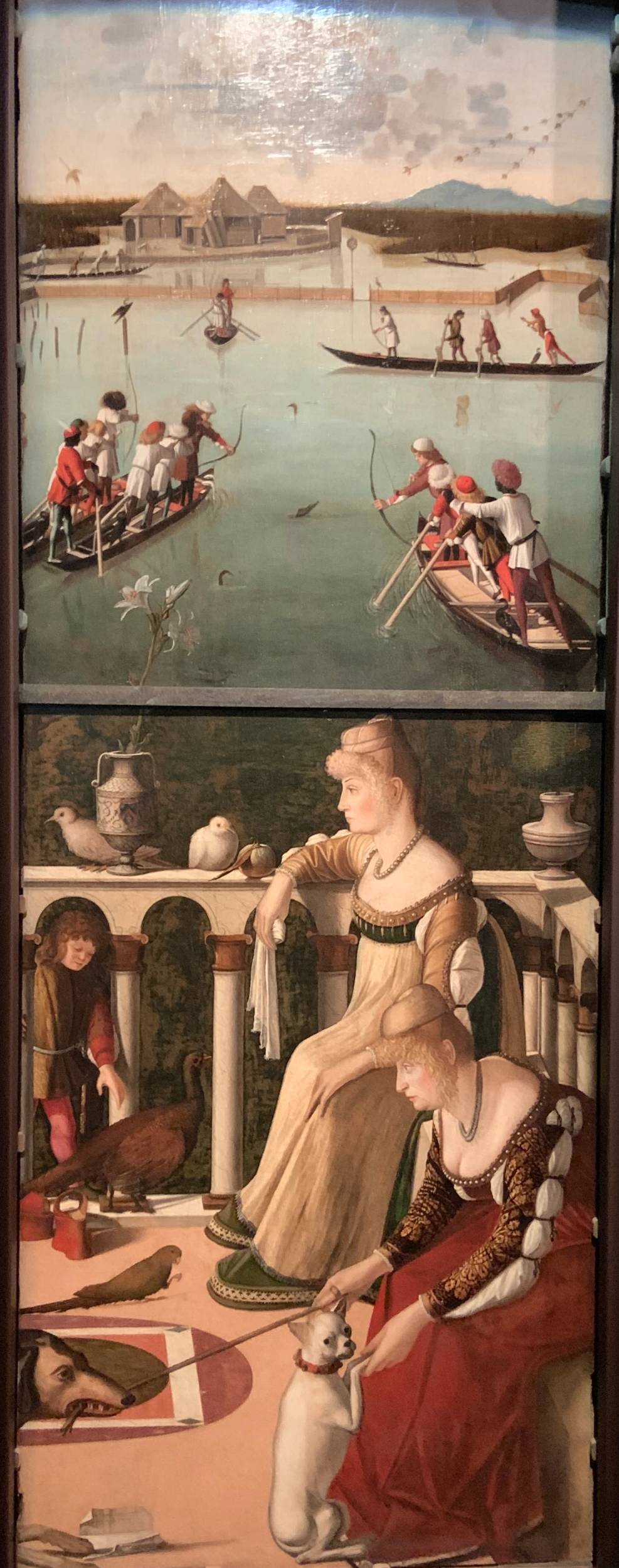
81. Venice Film Festival

80. Venice Film Festival

79. Venice Film Festival

The Biennale Arte Guide
Foreigners Everywhere

The Biennale Architecture Guide
The Laboratory of the Future

The Biennale Arte Guide
Il latte dei sogni

After an exceptionally well-received stay at the National Gallery in DC, a monographic exhibition dedicated to one of the most renowned Venetian painters of the late 1400s-early 1500s period is back in Venice: Vittore Carpaccio is the artist who documented a rich, splendid season of the Venetian Republic, truly a celebration of a city that had no equals anywhere in the world.
The exhibition is quite effective in showcasing the evolution of Carpaccio’s art, following chronological order. The influence of Bellini and Vivarini is documented in devotional pieces Carpaccio made as private commissions, especially a few Madonnas with Child. The more personal, psychological, Flemish-oriented language is to be seen in the best piece in the exhibition: the composition of two panels depicting Two Dames and a Hunting Scene.

Carpaccio’s more mature period is documented in important pieces such as the immense St. Paul the Apostle. A number of drawings by Carpaccio is also included in the exhibition. They are there to be enjoyed with calm and an analytical mind, focusing on the artist’s use of perspective and light, and his interest for nature.